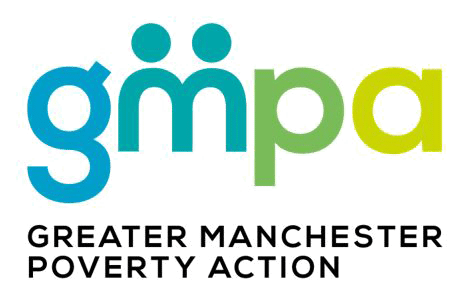Greater Manchester Poverty Monitor 2023
The Greater Manchester Poverty Monitor highlights the scale of poverty and inequality of outcomes, both within the city-region and between the city-region and the rest of England. The aim of the Monitor is to equip you with relevant knowledge to tackle socio-economic disadvantage in your own activities, from policy development to service design, advocacy and campaigning.
To access the Poverty Monitor, please complete the short form below.
